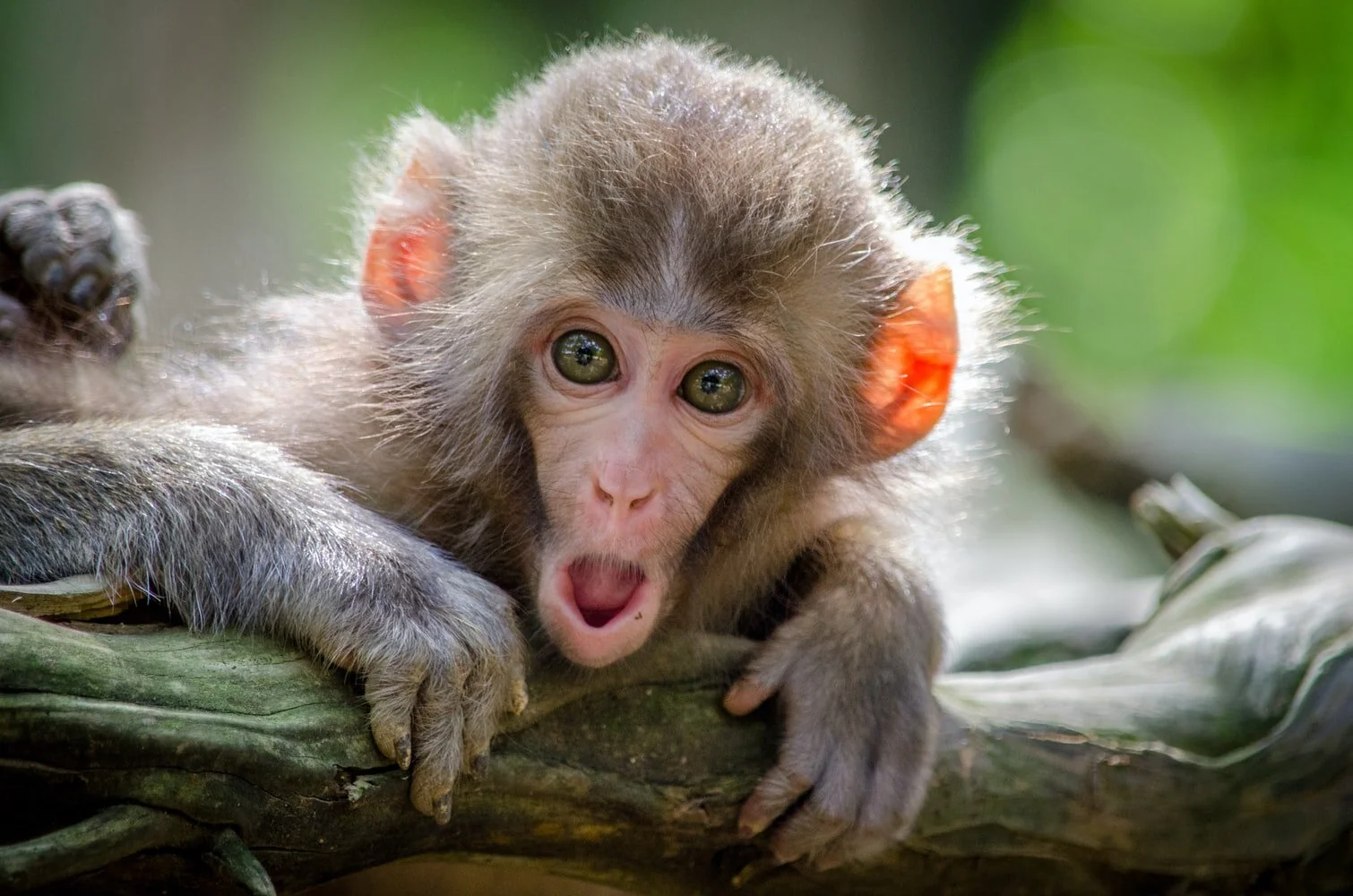Many people think of Brazil when they hear about the Amazon, but have you ever thought of the Peruvian Amazon? Peru is home to the western most stretch of the Amazon rainforest, where the jungle meets the Andes mountain range. Though many visitors are drawn to attractions in southern Cuzco like Machu Picchu, northern Peru is home to unique outdoor treks, breathtaking scenery, and thousands of unique animals.
If you’re looking for a truly unique, off-the-beaten-path chance to see these animals, the remote jungles of north Peru is the perfect spot to enjoy the mountains and jungle at the same time. In fact, no visit to South America would be complete without a foray into the wild peaks of Peru to see the most exotic species. Check out these 5 animals you can expect to see in the Peruvian Amazon!
Monkeys: Monkeys are one of the biggest attractions for visitors to the Amazon. Peru’s Amazon is home to a number of species including the spider monkey, black howler monkey, capuchin monkey, squirrel monkey, and Tamarin monkey. Most monkey species thrive in tropic, humid environments so the Peruvian Amazon is the best spot! Different monkey families often live in harmony in the treetops and have very specific territories between the breeds. You can hear them chatter and howl to communicate between themselves and the tribes!
In many areas of the rainforest you can see families grooming, feeding, and traveling together. If you’re lucky, you might also spot baby monkeys clinging to their moms. To spot monkeys, head out into the jungle and watch out for swaying or shaking branches in fruit and nut trees. Be careful to keep your distance and enjoy their antics from afar!
Sloths: The Peruvian Amazon is one area where you can see wild sloths in their natural habitat. Two families of sloths are found in Peru: the three-toed sloth and the two-toed sloth. Both find homes high in the lofty treetops of the rainforest where they can feed on tough leaves and cling to tree trunks with their 3 inch claws!
Sloths are most active during the daytime, preferring to sun themselves on tree branches. True to the stereotype, sloths move very very slowly. Their metabolism is only half the rate of other similar mammals and they sleep for 15 to 18 hours each day. They move so slowly that bacteria and mold grow on their fur, giving them their trademark green tinge. At their fastest, sloths can only move less than a quarter mile per hour! Sloths can be a little more difficult to spot, so keep your eyes peeled for their long arms and flat faces near the top of the canopy!
Macaws: Northern Peru is known for its exclusive birdwatching opportunities, drawing in bird enthusiasts from all over the world. One of the most common birds spotted in the Peruvian Amazon is the Macaw. Macaws are the quintessential symbol of the Amazon Rainforest and one of the most recognizable animals on the planet.
The most common species in Peru are blue-and-yellow, red-and-green, and Scarlet Macaws. These birds are known for being very intelligent. They can recognize objects and communicate with humans. They have one of the longest lifespans, living up to 60 years old in the wild. Look out for Macaws on clay river banks and in tree-holes.
Hummingbirds: There are over 300 species of hummingbirds in South America, 120 of which live in the Peruvian Amazon. They can often be spotted drinking nectar from flowers or hunting for insects like ants, spiders, and beetles. The remote regions of the Andes are the perfect climate for these little birds to flourish.
Though many people have seen hummingbirds before, South American hummingbird species are more colorful than their North American counterparts. Look out for the Emerald-bellied Puffleg, Blue-fronted Lancebill, or Royal Sunangel’s colorful feathers—they certainly live up to their names!
Llamas: Last but certainly not least is the widely-recognized symbol of Peru, the llama! Llamas and alpacas are essential to Peru’s traditional native famers. Llamas are often used as pack animals and alpacas can be sheared for their wool. Alpaca wool is used to produce textiles and clothing that weavers can sell in Cuzco and all around the world!
Andean life has hinged on llamas for generations, and many regions of Peru have hundreds of thousands of these fluffy animals roaming the mountains! You can likely interact with llamas and alpacas at your host’s residence, along local roads, and in mountain towns.
Did you know that Acanela Expeditions has a trip to the Peruvian Amazon? Join us in the remote jungle of northern Peru to explore the legendary cloud forest, Gocta Falls (one of the tallest waterfalls in the world), and pre-Hispanic ruins such as Kuelap. Click here to learn more, or send an email to expeditions@acanela.com!
Post written by Maddy Quast





